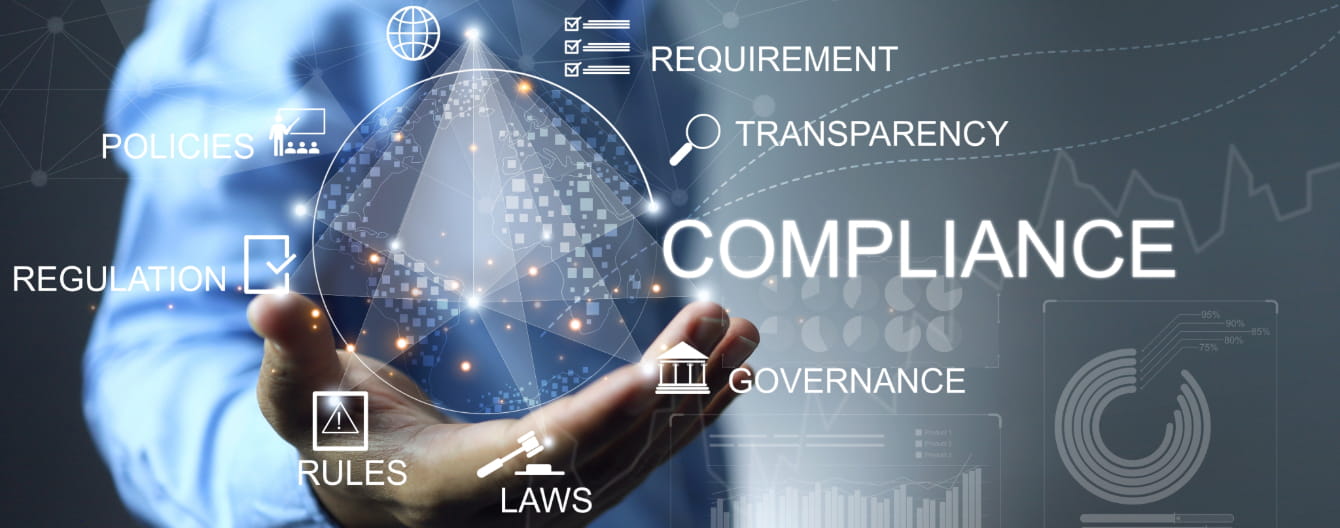Shifts and Trends in Clinical Trial Disclosure
Article
Regulatory & Compliance


Change has been the one constant in the field of clinical trial disclosure. Over the past 12 months, more than 193 disclosure-impacting changes in regulations or documentation have taken place, according to Francine Lane, VP of Global Transparency at Citeline.
One of the more recent changes takes effect June 18, 2024, when the European Medicines Agency (EMA) applies its revised Clinical Trial Information System (CTIS) transparency rules. For all clinical trial applications (CTAs) submitted on or after that date:
Data on all CTAs submitted before June 18, 2024, will be made publicly available in line with the revised transparency rules.1 Sponsors are strongly encouraged to review their documents with the new transparency rules in mind to confirm if the document will be made public and if the redactions/anonymizations are sufficient for the new timelines.
In the Regulatory Affairs Professional Society (RAPS) webcast “Navigating the Future: Trends in Plain Language Summaries and Regulatory Intelligence,” Lane and Thomas Wicks, Head of Transparency Operations at Citeline, delved into the latest trends in regulatory intelligence and offered insights into the increasing demands for transparency.
Staying on top of all these changes can be a challenge, Lane observed. “It’s very difficult to know what's going on globally and have an insight into what you need to pay attention to and what maybe you thought you had a handle on, but it has changed in the interim,” she said. “It’s important to just note that this is a continuously evolving landscape and you need to be able to stay on top of it so that you don’t risk doing something that you’re not expecting to have made public or that you’re missing deadlines and things of that nature.”
Lane said everyone conducting trials in the European Union needs to keep in mind the following date: Oct. 16, 2024. “That is the final day that you can submit your studies in [CTIS] to transition from the EU Clinical Trials Directive (EU CTD) to the EU Clinical Trial Regulation (EU CTR) in what the CTCG [Clinical Trials Coordination Group] is calling the expedited process.” This process takes an estimated 22 days unless a request for information (RFI) is raised, as opposed to between 60 and 106 days for the normal process of transitioning from EU CTD to EU CTR.
“So, you really want to get these done before October 16th because if you don’t, you risk not getting them authorized in time for the January 30th deadline,” Lane said. And if they are not transitioned to the EU CTR by that date, the trials will be noncompliant and in breach of the clinical trial regulation, opening sponsors up to civil and criminal liability and penalties from the EU member states in which the trials are taking place.
In terms of emerging trends in transparency, Lane said there is increasing demand for patient-level data sharing, as well as providing individual trial participants with their data from the trial, including informing them which arm of the trial they were in. “And sometimes it even could include giving them their particular data that was collected about them,” she said. “There’s actually a set of a few larger pharma companies piloting the return of patient data to the patients ongoing at this time.”
As far as data harmonization, Lane said: “We wish that [regulators] would be more harmonized in either the data that they’re requiring or the standards that they’re requiring them in. The timelines are starting to converge a bit, but just know that when you are running a trial, you do have to think about what are the disclosure requirements related to where you’re running the trial and how can that impact your ability to authorize a trial and to get your product approved.”
Wicks recommends sponsors harmonize their standard operating procedures (SOPs) to the most restrictive of the requirements so there is more consistency in the versions being disclosed.
Lane said the World Health Organization has a data standard that registries are required to meet to become a WHO primary registry. “And this is a requirement from many countries in order to conduct a trial or in order to meet their transparency obligations or disclosure obligations or registration obligations,” she said. “They may be worded slightly differently, so most of the registries will accept this certain level of data and they may have additional information that they want to collect, but that is one set of standards.”
In addition, the Clinical Data Interchange Standards Consortium (CDISC) has a clinical trial registration XML standard it is seeking to revise. Lane said the hope is CDISC will add results in the upcoming revision.
AI, ML, and NLP in Regulatory Intelligence

Wicks said artificial intelligence (AI) has been useful for extracting and tagging information from unstructured documents as well as providing summaries that explain the documents. Another interesting use is for compliance assessment and gap analysis, “essentially comparing your SOPs to the regulation and getting a feel for where the SOP might not fully align with the regulatory requirements.”
However, using tools like Claude AI or ChatGPT still requires subject matter experts so that they can catch any misinterpretations or incorrect information. “This space is evolving extremely quickly, but AI tools typically have a limited understanding of the broader context and the implications of that context,” Wicks said. “So, if you use ChatGPT to summarize a regulation, that might not necessarily work as it doesn't … have the context.”
To address this, Wicks suggested the use of transfer learning, which involves taking a model that is already trained in an adjacent area and using it as the basis for training and fine-tuning a model that can handle these nuances.
“The general models … these ChatGPTs of the world, they lack domain expertise and domain knowledge versus compared to human experts. So, that’s where you start working on having domain-specific models,” he said. “You can train an AI in a particular domain and it will become better in terms of its … understanding of the language being used and what some of those meanings are.”
Wicks cautioned that training AI in disclosure can still be challenging. “For example, an AI might struggle to see the importance between a ‘shall’ and a ‘should’ or a ‘may.’ Those are subtle linguistic differences that a human understands, but in a legal context may be kind of glossed over by an AI. Complex legal language … can be difficult for these large language models to understand.”
That is where it helps to have a rules-based system, he continued. “A knowledge graph is simply a map, a sort of a grid, a mapping of concepts that help an AI understand. Again, when I say ‘understand,’ obviously there’s not cognitive understanding, but being able to interpret things correctly. Similar to that is just interpreting ambiguous language and conditionals.”
According to Wicks, AI will not replace a regulatory affairs specialist anytime soon, but a regulatory affairs specialist who knows how to use AI tools may have an advantage over someone who does not.
Wicks cautioned sponsors not to become too reliant on AI. “There are potential biases in the training program data,” he said. “And I don’t just mean sort of the traditional definition of biases like racialized or misogynist concepts being embedded, but also biases or preferences in tone, like taking a very positive tone and spin on everything and then implementing that in a legal setting is inappropriate. That’s where you need a human in the loop … just having an expert look at that and work with it and improve the models consistently.”
Another caveat Wicks cited is to make sure not to send confidential information such as SOPs to an AI model, as sponsors would not want that information to become part of the AI training data available to the public. “You have to be very careful with that.”
1 European Medicines Agency, CTIS Newsflash – May 5, 2024. Available from: https://www.ema.europa.eu/en/documents/newsletter/ctis-newsflash-3-may-2024_en.pdf [Accessed June 11, 2024]


